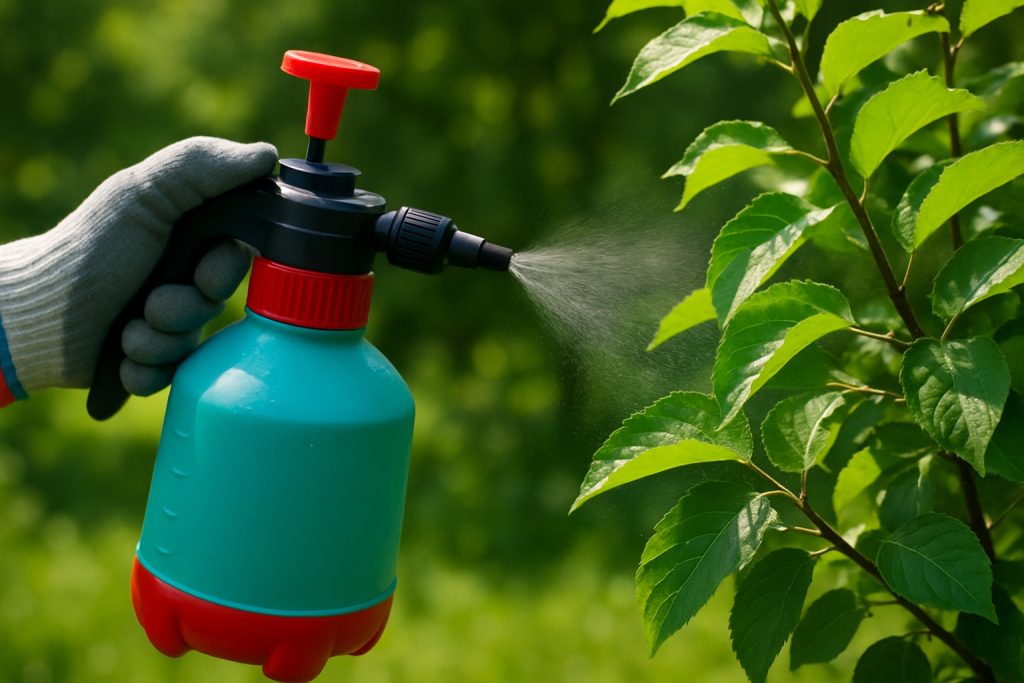Tree disease doesn’t announce itself with fanfare—it creeps in silently, weakening your landscape’s most valuable assets. In Avondale, PA, where historic charm meets a tapestry of mature hardwoods and ornamental trees, safeguarding your trees isn’t just about aesthetics—it’s about preserving the character of your property. If your trees are showing subtle signs of distress—discolored leaves, premature defoliation, stunted growth, or fungal growths—it may already be time to take action. Professional tree disease treatment can mean the difference between recovery and irreversible loss.
Understanding Tree Disease in the Avondale Area
Avondale’s tree canopy benefits from rich soils and a temperate Mid-Atlantic climate, making it ideal for species like maple, oak, sycamore, and dogwood. But this also invites a wide range of diseases, many of which thrive in humid conditions and spread quickly when undetected. Common culprits in this region include anthracnose, bacterial leaf scorch, fire blight, root rot, and various fungal infections. These threats often take hold during wet springs and humid summers, which Avondale is no stranger to.
Early symptoms can be deceptive. A few brown leaves might seem harmless, but could signal a more serious vascular infection. That’s why professional diagnostics are essential—what seems like drought stress or aging may actually be a highly treatable disease, if caught in time.
What to Expect from a Professional Diagnosis
The first step in treating any diseased tree is understanding the problem. A certified arborist brings far more than a ladder and pruning shears—they bring a methodical process. Site conditions are examined, the tree’s species and age are factored in, and subtle signs of pest presence or fungal growth are studied. Soil quality, drainage patterns, and sun exposure are all considered during the assessment.
Advanced evaluations may include laboratory testing of foliage or bark samples to determine the exact strain of pathogen involved. This granular insight allows for treatments that go far beyond surface-level fixes. Whether it’s applying trunk injections, soil drenches, or foliar sprays, every application is guided by precise, science-based reasoning.
Treating the Problem at Its Source
Tree diseases aren’t just cosmetic—they affect the way a tree transports water and nutrients, weakening it from within. That’s why effective treatment plans address not only the visible symptoms but also the physiological root of the problem. For instance, fungal root rot may require both soil aeration and the introduction of beneficial microbes. Scale insect infestations might involve targeted horticultural oils that suppress future generations.
Moreover, treatments are customized based on species. A cherry tree’s response to blight will differ drastically from how a mature oak reacts to leaf spot. Effective treatment means taking a tailored, holistic approach—one that not only aims to cure but to strengthen resilience long-term.
Best Practices to Protect Your Trees Year-Round
While some infections are unpredictable, many can be prevented with proper cultural care. Tree health starts with what happens at ground level. Avoid overwatering, especially during the rainy season, as saturated soil creates breeding grounds for pathogens. Mulch should be applied with care—too close to the trunk and it encourages rot.
Pruning dead or diseased branches is not just a cleanup task—it’s a vital measure to stop contagion. However, pruning improperly or at the wrong time of year can leave trees vulnerable. That’s why expert maintenance matters. Tree owners in Avondale should also be aware of how nearby construction, lawn treatments, and even aggressive mowing can stress tree roots and open the door to infection.
Why Avondale’s Trees Deserve Specialized Attention
Avondale is known for its tree-lined neighborhoods, historic farms, and carefully cultivated green spaces. Whether your property lies near the White Clay Creek Preserve or along the residential lanes closer to Route 41, the trees on your land play a crucial role in defining its atmosphere and value. Unlike urban settings where space is limited, trees here grow large, old, and interconnected—meaning a disease on one can easily migrate to others if left untreated.
Local tree care should never rely on generic solutions. Avondale’s ecology demands regionally informed expertise that accounts for seasonal weather patterns, native pests, and the unique tree varieties that call this area home.
Your Trees Deserve More Than a Quick Fix
If you suspect your trees are in decline—or even if you’re unsure—this is the moment to act. Don’t wait for the signs to become irreversible. Securing a professional evaluation now can preserve not only the health of your landscape but the long-term value of your property. Your trees have likely been growing for decades—let them continue to stand strong for decades more.
Reach out today to arrange a thorough on-site consultation with an arborist who understands the landscape of Avondale as intimately as you do. Whether you prefer a phone call or submitting a request through the contact form, we make it seamless to start the process. Book your treatment window now, before the season turns and conditions worsen. Because proactive care is the best kind of protection—and your trees deserve nothing less.


